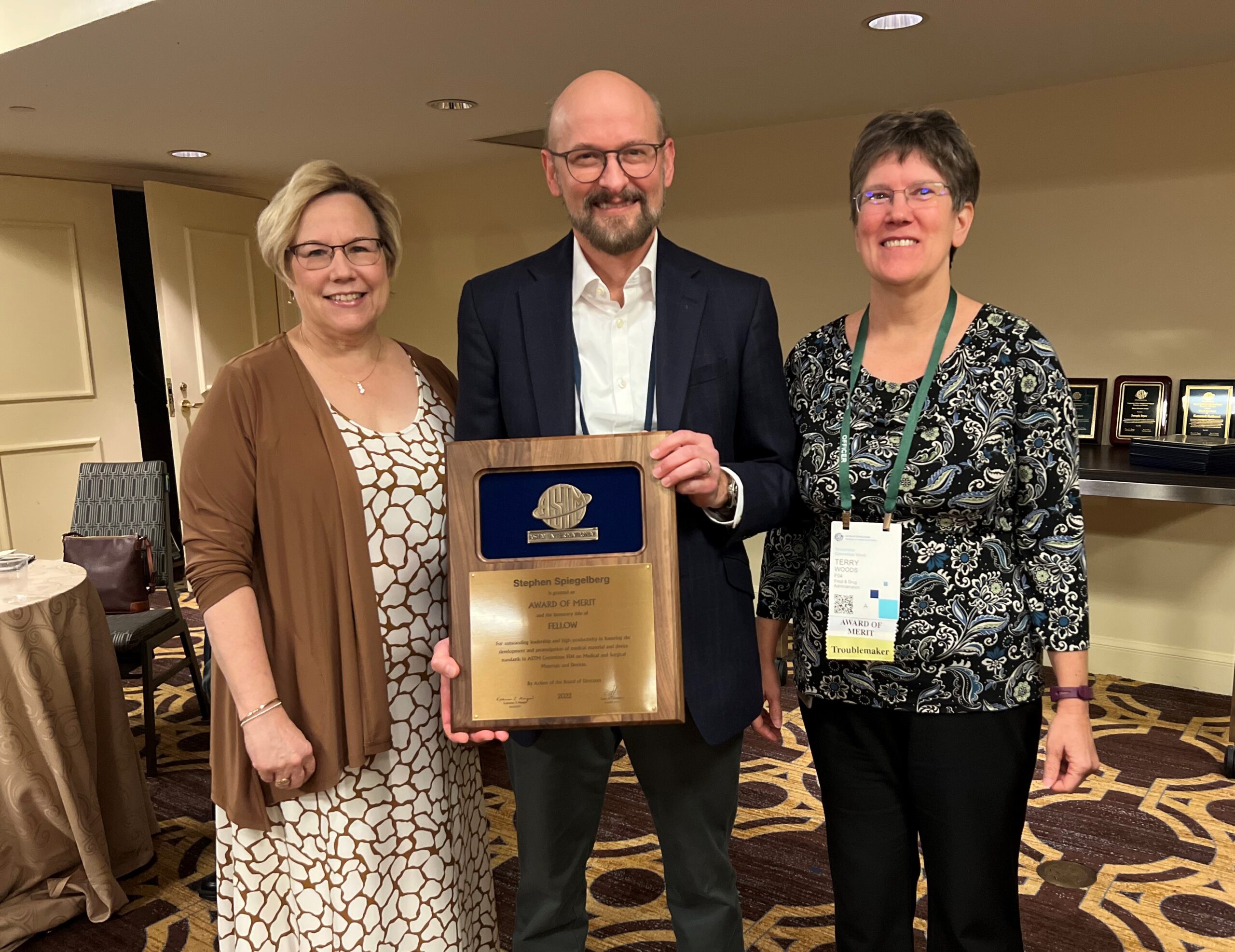
Stephen Spiegelberg Receives ASTM International’s Top Annual Award
ASTM International presented its top annual award – the Award of Merit – to Dr. Stephen Spiegelberg for his contributions to ASTM’s F04 Committee on Medical and Surgical Materials and Devices (F04). The prestigious award, which includes the accompanying title of fellow, is ASTM’s highest recognition for distinguished service and outstanding participation in ASTM International […]
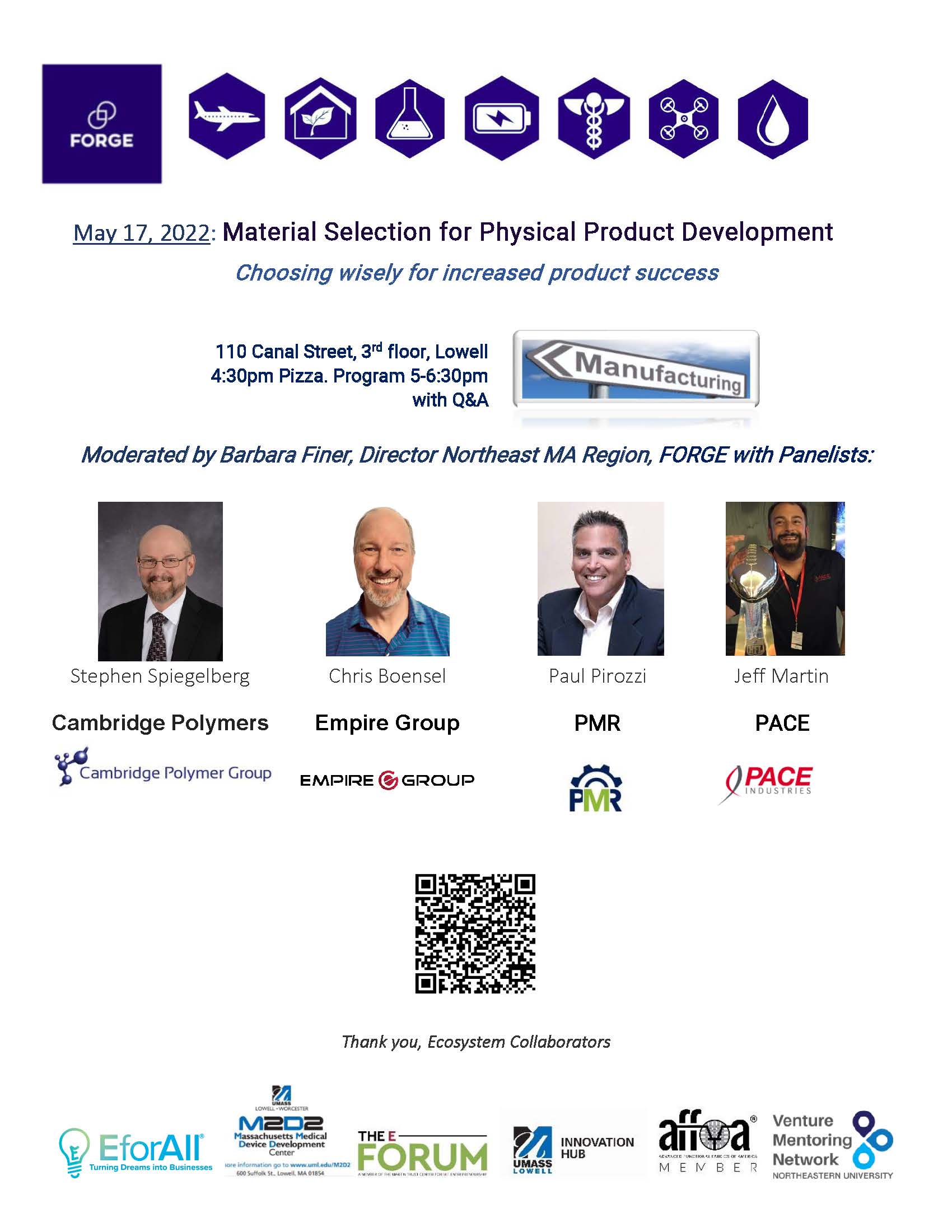
Material Selection for Physical Product Development
Material selection plays an essential role in the success or failure of your product. Materials experts (including CPG President Stephen Spiegelberg) discuss strategies for choosing the best material for your product’s application. The panel will cover: medical device considerations, biomaterials and composites, molded parts and consumer products, subsystem connections, harsh environment considerations, additive manufacturing use […]
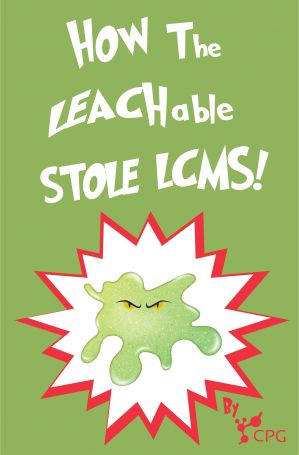
How the Leachable Stole LCMS
All the staff at Cambridge Polymer liked Chromatography a lot… But the Leachable, living in the 10993 aliquot, did NOT! The Leach hated Chromatography and all of CPG with a passion! Now please don’t ask us why. We really can’t imagine. It could be that his vial cap was screwed on too tight. It could […]
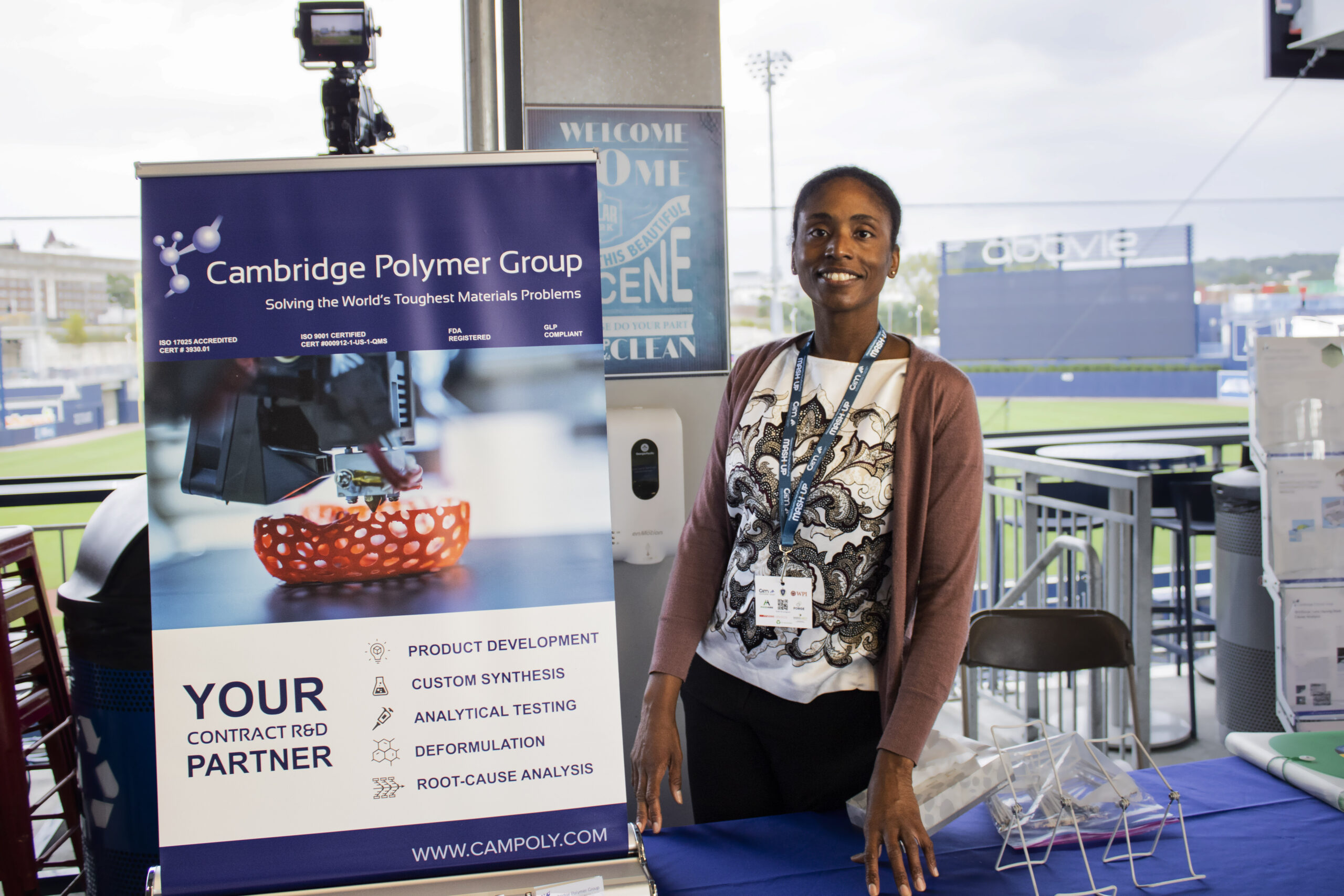
CPG Exhibits at Mass Manufacturing Mash-Up
Research Scientist Veronica Holmes at CPG’s table at the Massachusetts Manufacturing Mash-Up. Cambridge Polymer Group is proud to have been an exhibitor at the first ever Massachusetts Manufacturing Mash-Up held on Tuesday, September 28, at Polar Park in Worcester, MA. The event attracted over 30 exhibitors and 600 attendees, including manufacturers, suppliers, academics and jobseekers. […]
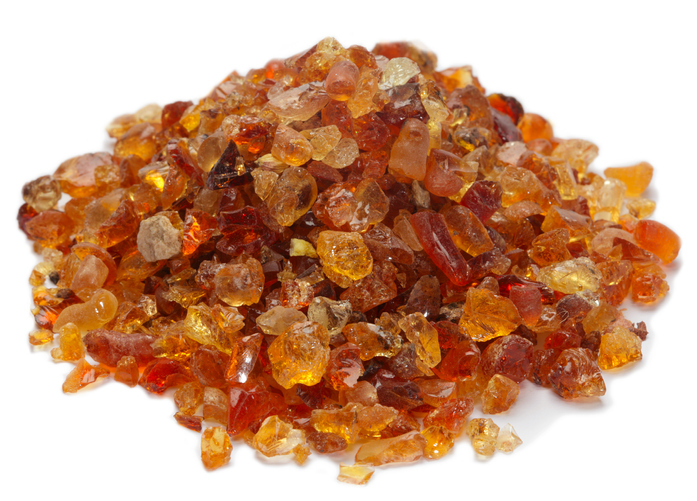
Forger Caught by Rheology of Biopolymer Gum Arabic
Gum arabic, a sap harvested from acacia trees, is a very useful biopolymer due to its physical and chemical properties. The forgeries and murders committed by Mark Hofmann in the 1980s have been dragged back into the cultural spotlight by a recent Netflix/BBC documentary. [1] Hofmann counterfeited an amazing breadth of documents supposedly written by […]

CPG’s Boston Office is Relocating to Woburn in August 2021
Cambridge Polymer Group, a premier contract R&D lab supporting medical device, pharmaceutical, consumer products and industrial companies, is moving to a new 17,000 SF facility on August 5, 2021. After two decades in Boston’s Charlestown neighborhood, CPG is relocating to Cummings Properties’ TradeCenter 128 campus in Woburn to accommodate rapid growth. Conveniently situated on Route […]
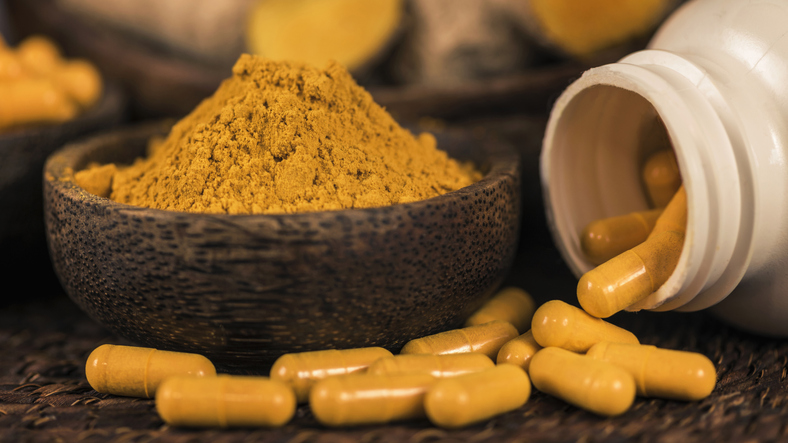
What’s in Your Supplement?
Deformulation of a Curcumin Nutraceutical By LCMS Turmeric, the orange-yellow root of the Curcuma longa, has been used as a spice, medicine, and dye for at least 4,500 years. Turmeric consists of hundreds of compounds, but the curcuminoid curcumin is a major component of most commercial extracts. Although recent lab and animal research has found […]
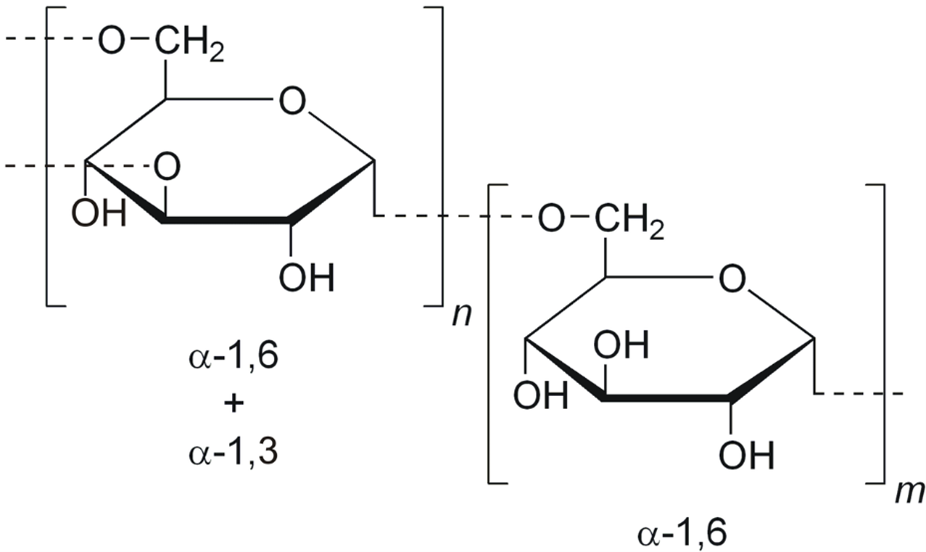
Molecular Weight of Dextran by USP Method
Dextran, a polysaccharide made from glucose, is widely used in the medical field for treatment of shock, as an antithrombotic agent, to reduce blood viscosity, and as an anticoagulant. The two most common forms are dextran 40 and dextran 70 (the 40 and 70 refer to their molecular weights, nominally 40,000 and 70,000 g/mol). The […]
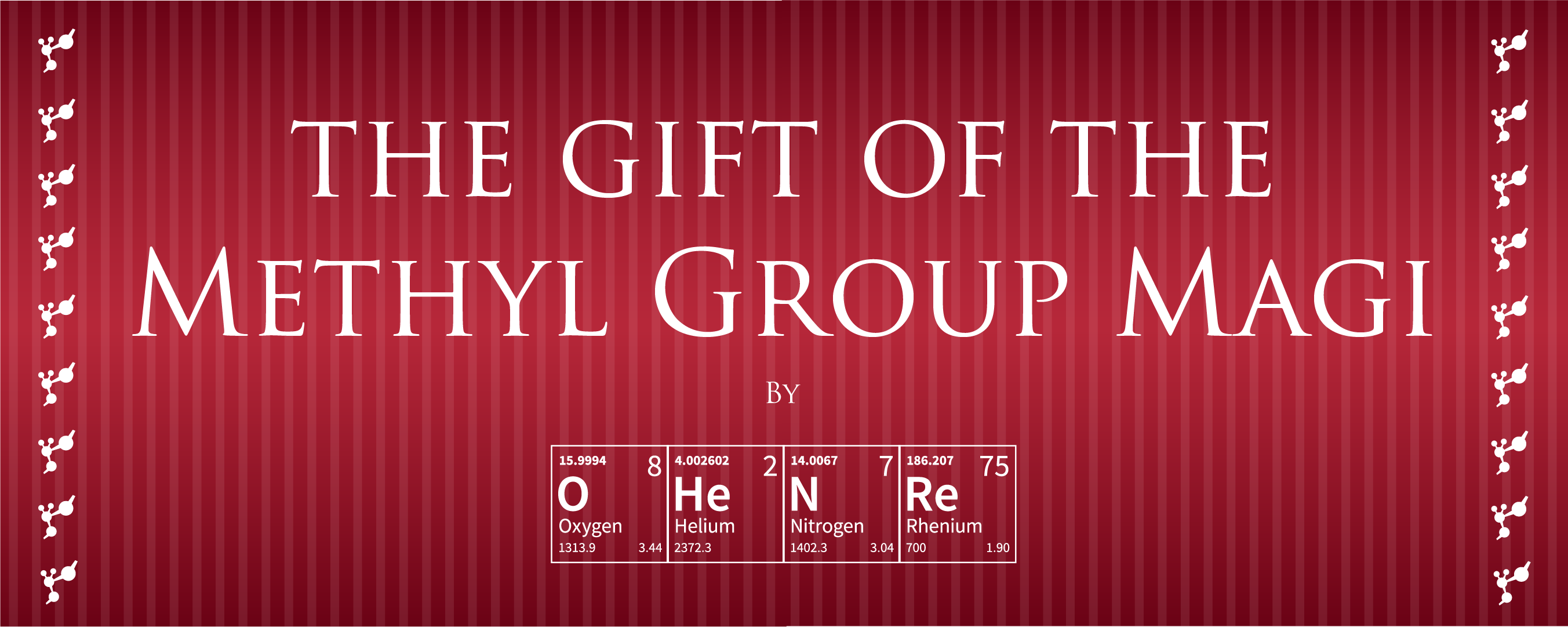
The Gift of the Methyl Group Magi
A CPG twist on a holiday classic, with happier results Paraxanthine and Theophylline sat at their Thanksgiving table. “What have I got to be thankful for?” grumbled Xan. “No one’s ever heard of me. Caffeine gets all the hype, even though I’m more potent with less of the negative side effects. I want to be […]
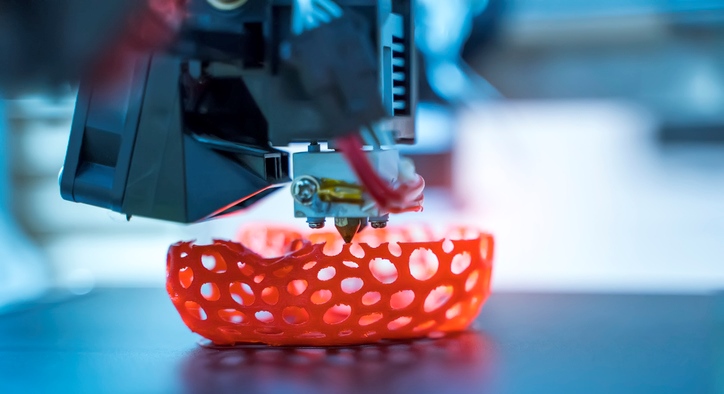
New Standard on Qualification of Polymeric Materials Used for Additive Manufacturing
ISO and ASTM are drafting a new standard on qualification of polymeric materials used for additive manufacturing using powder bed fusion (ISO/ASTM DIS 52925:2020). This standard is focused on polyamide 12 and 11, but the standard may be applicable to other polymeric materials. The standard discusses the following test methods: Particle size Residual monomer Relative […]
